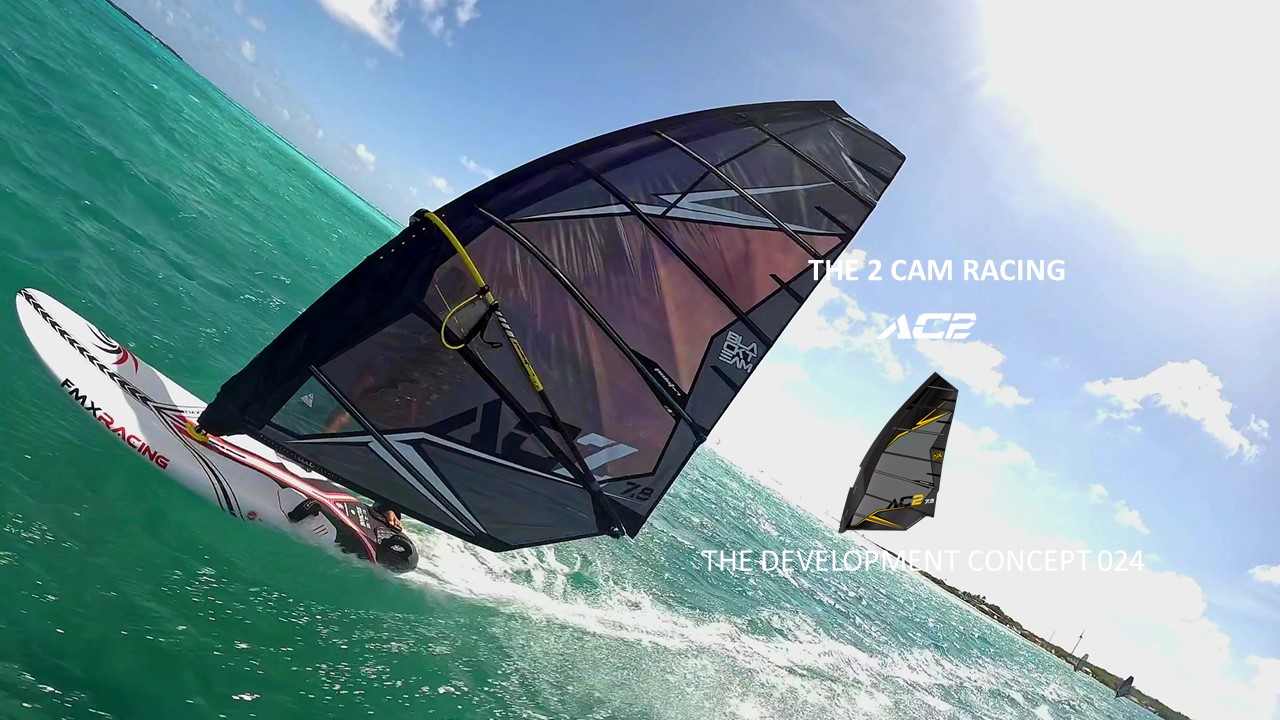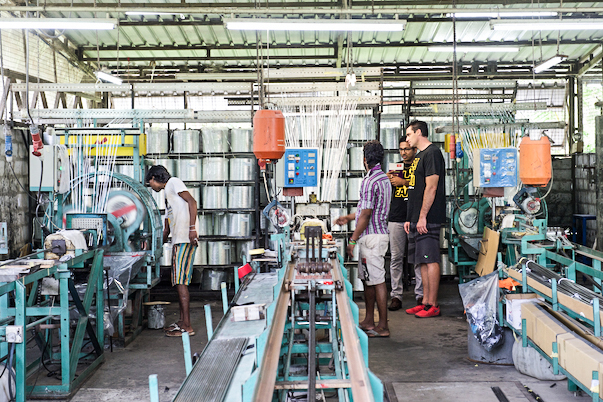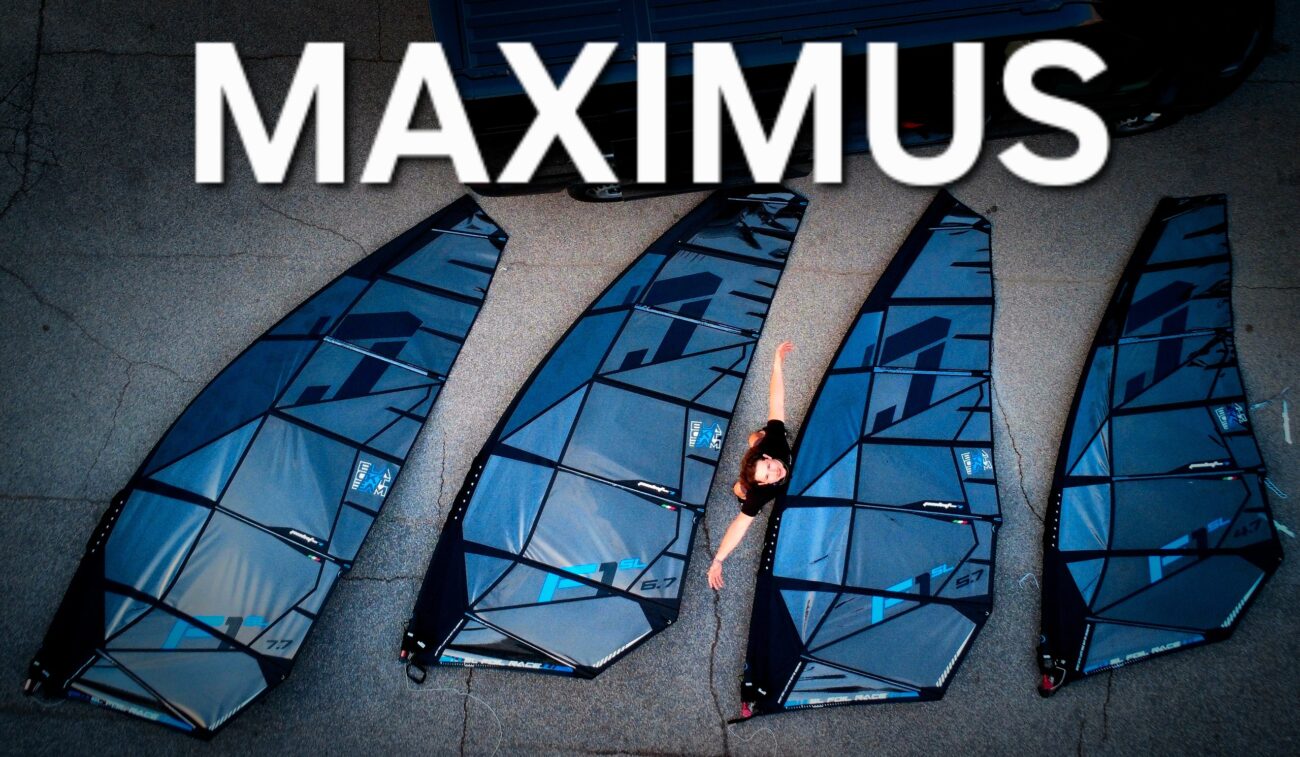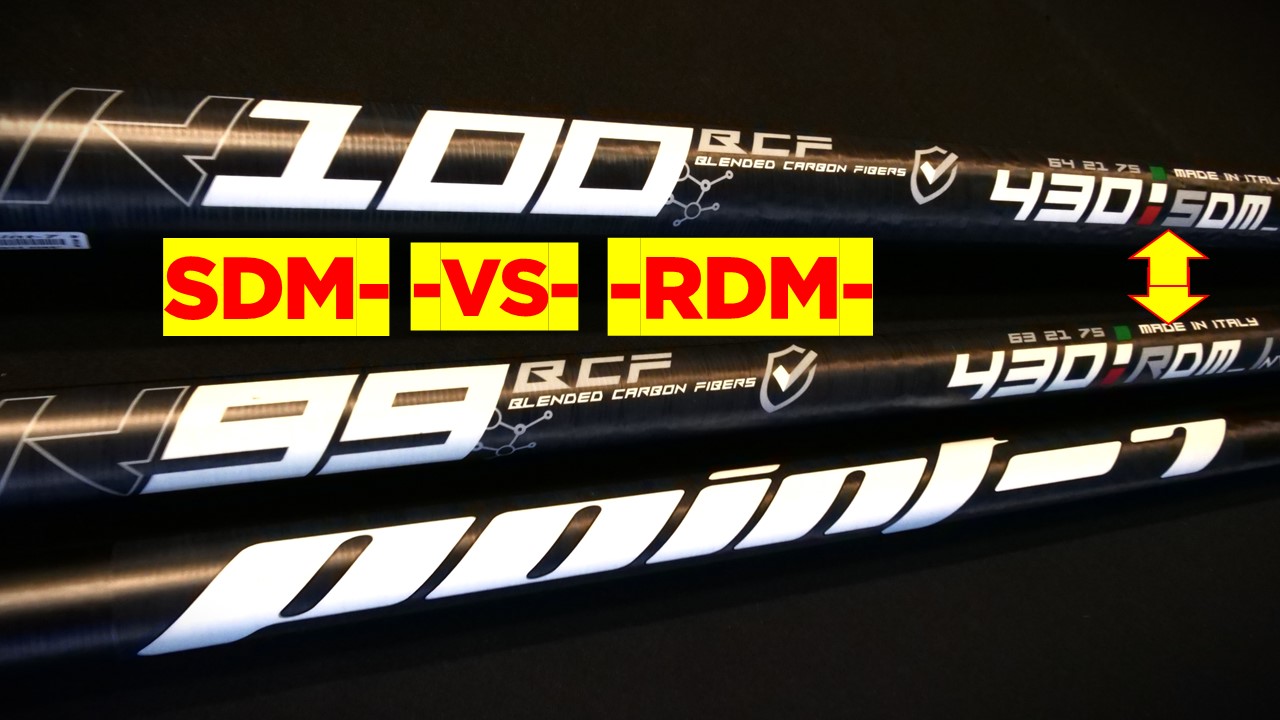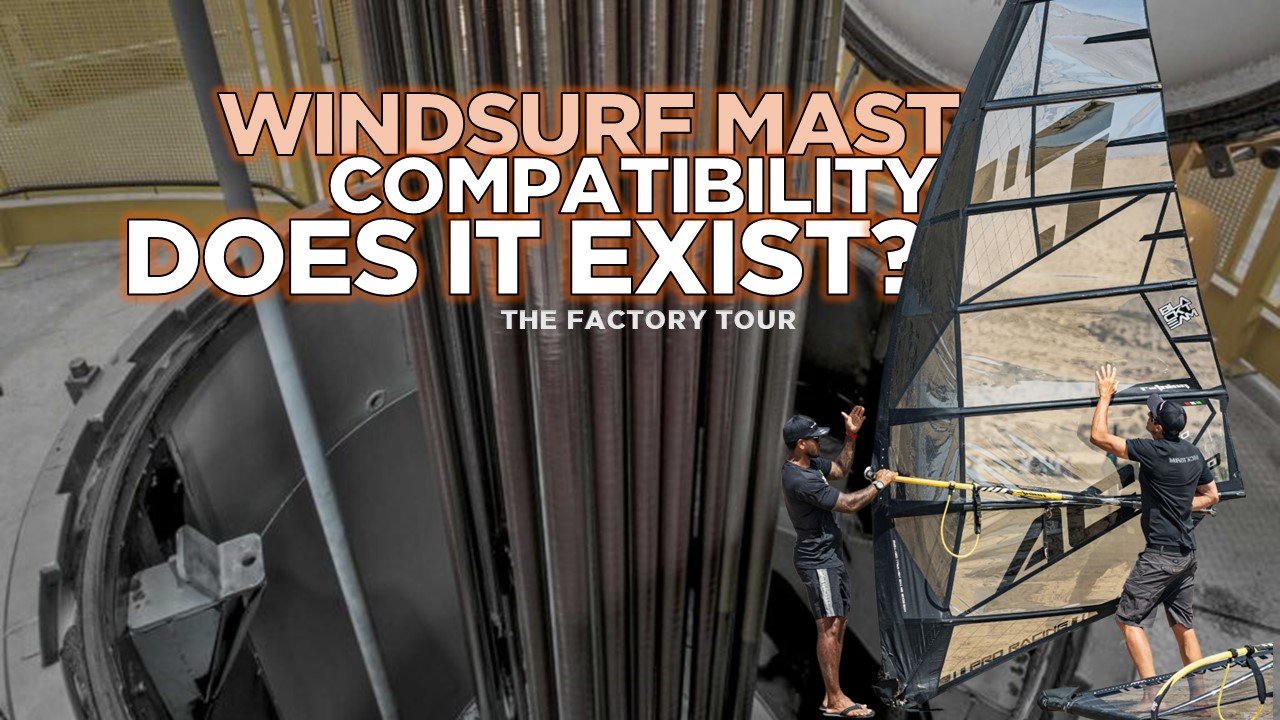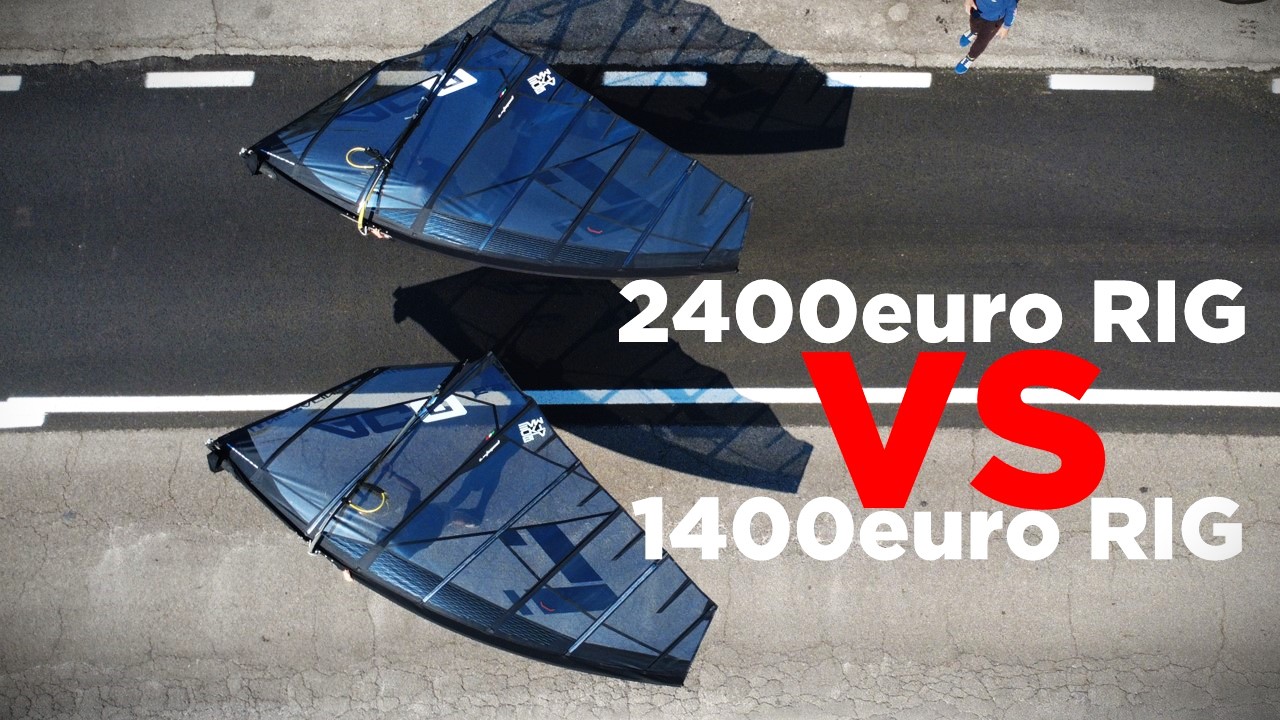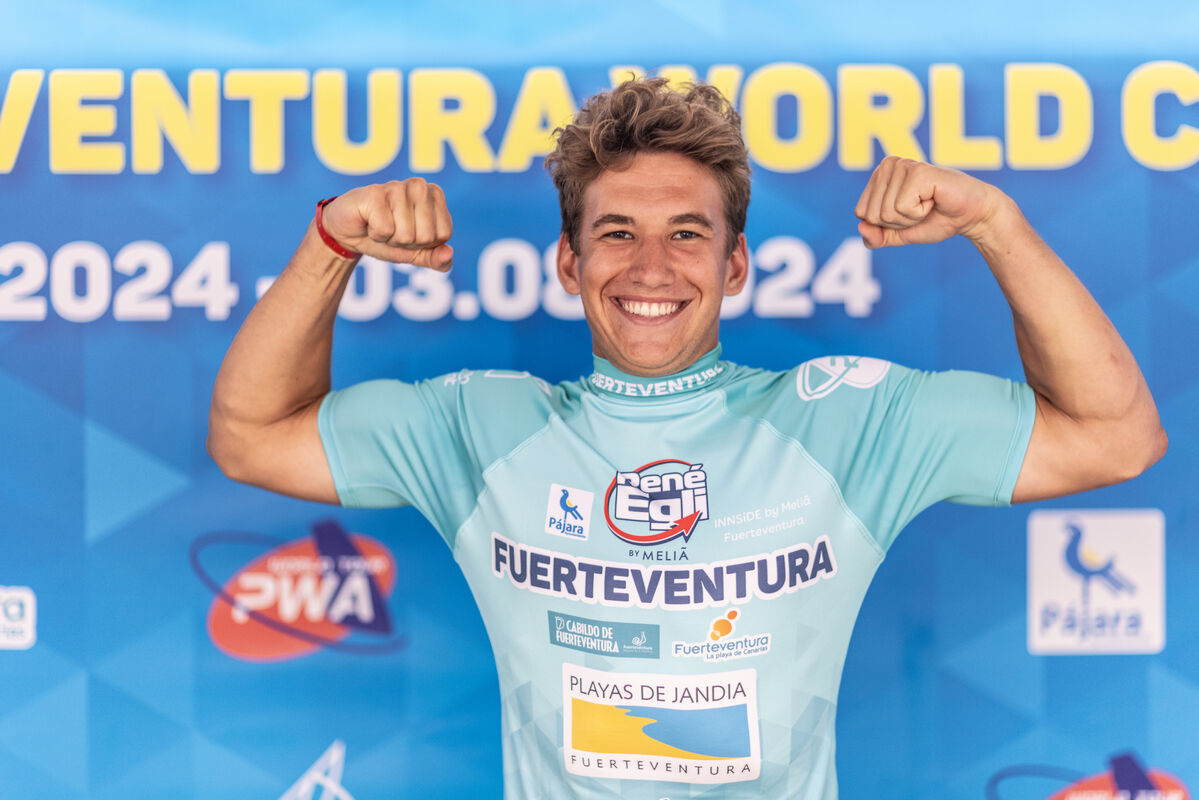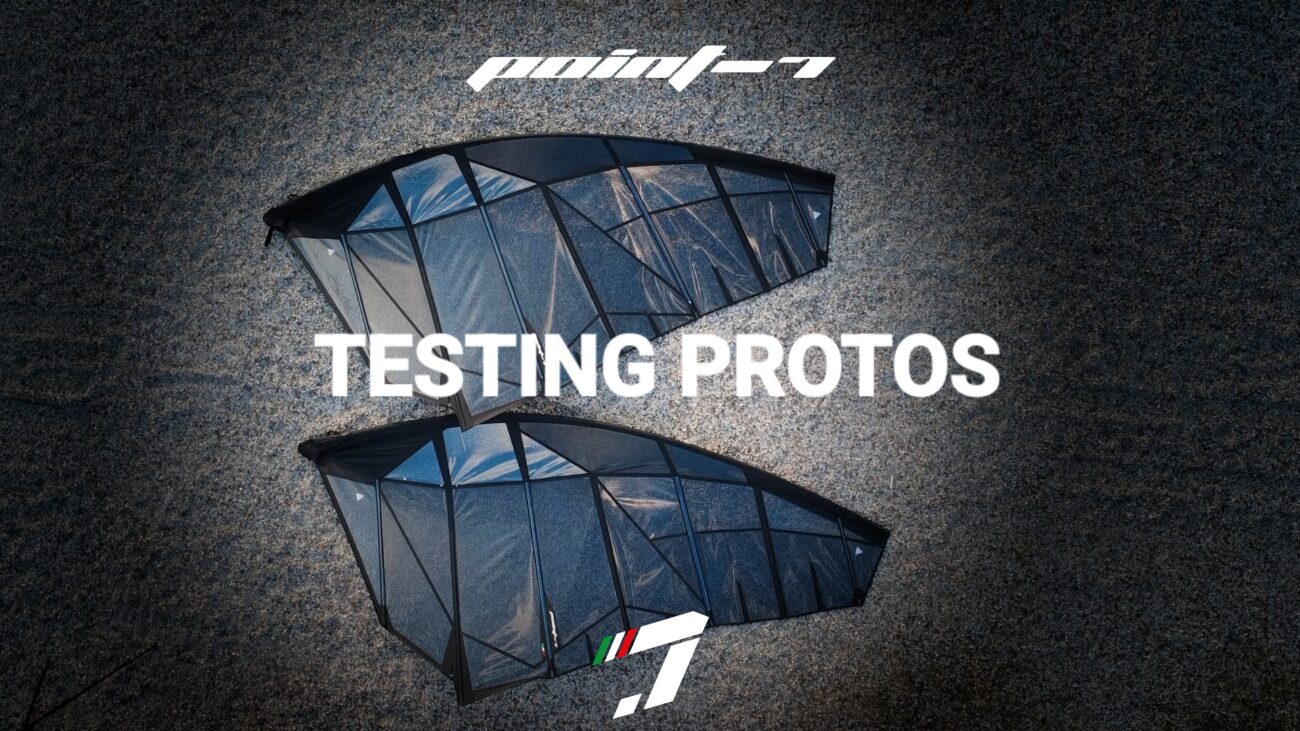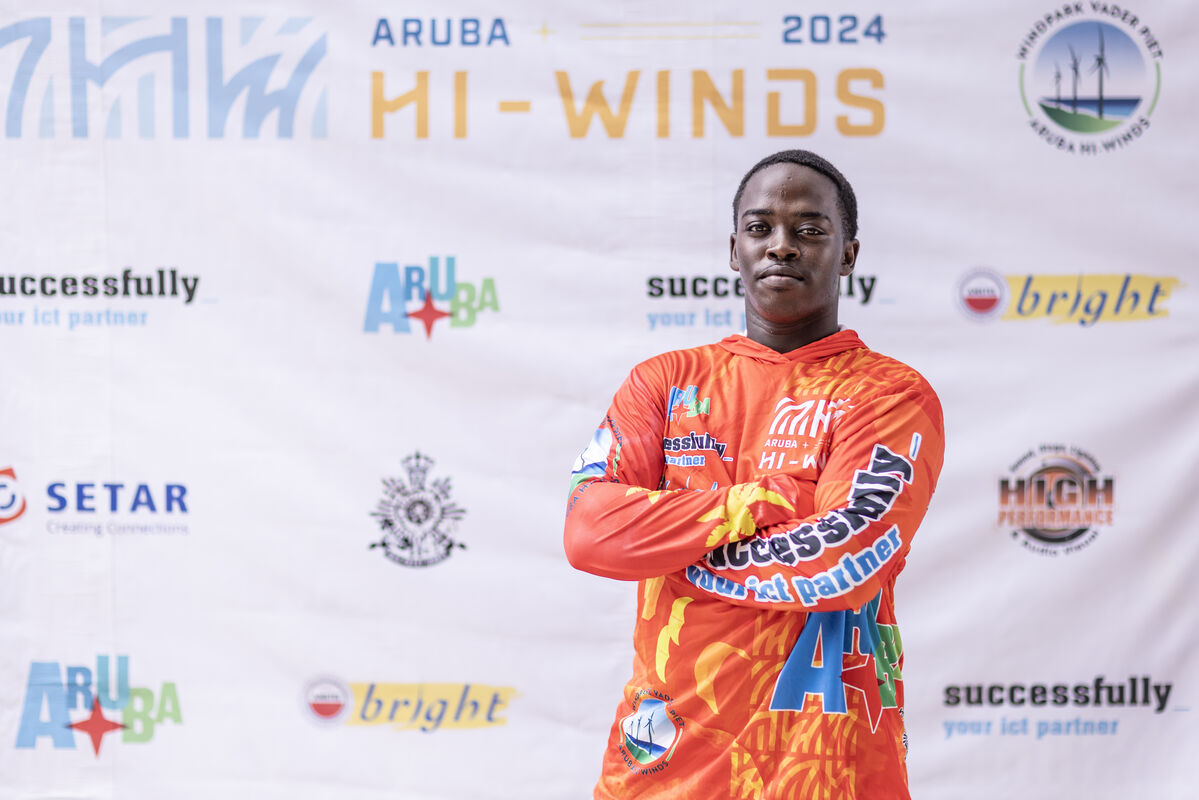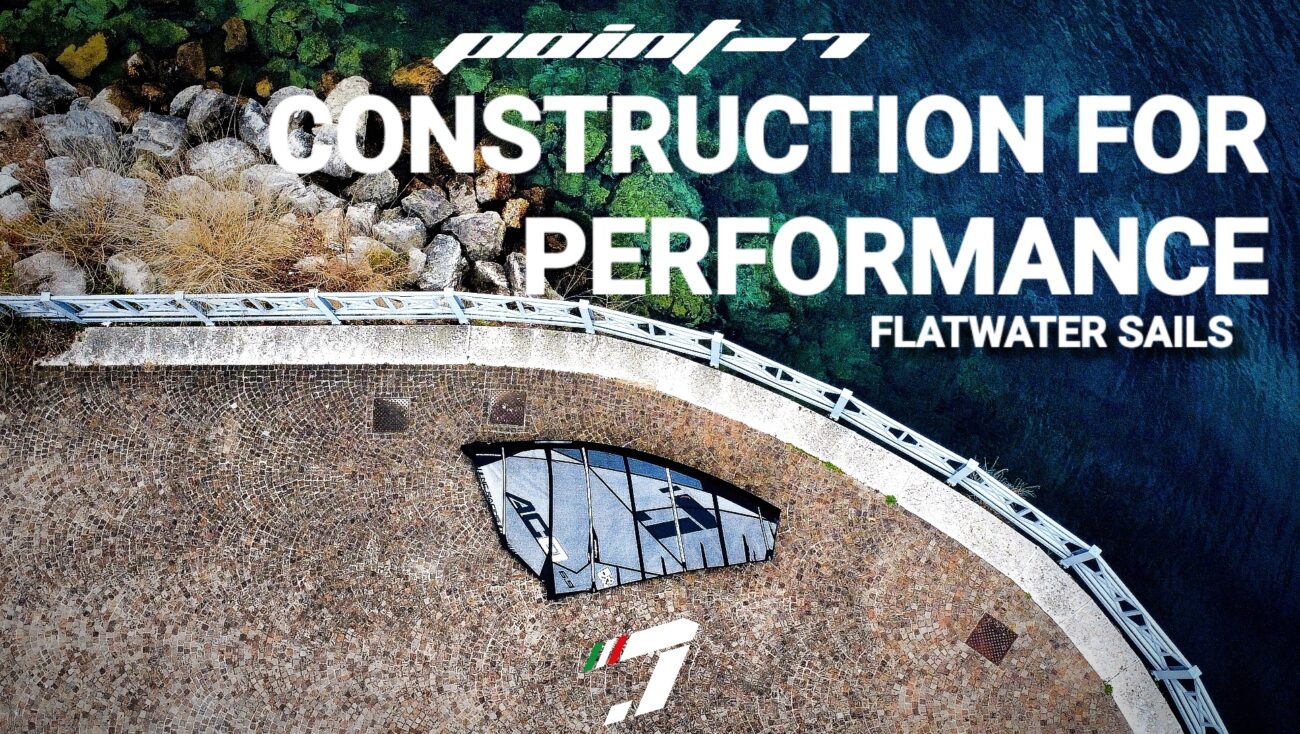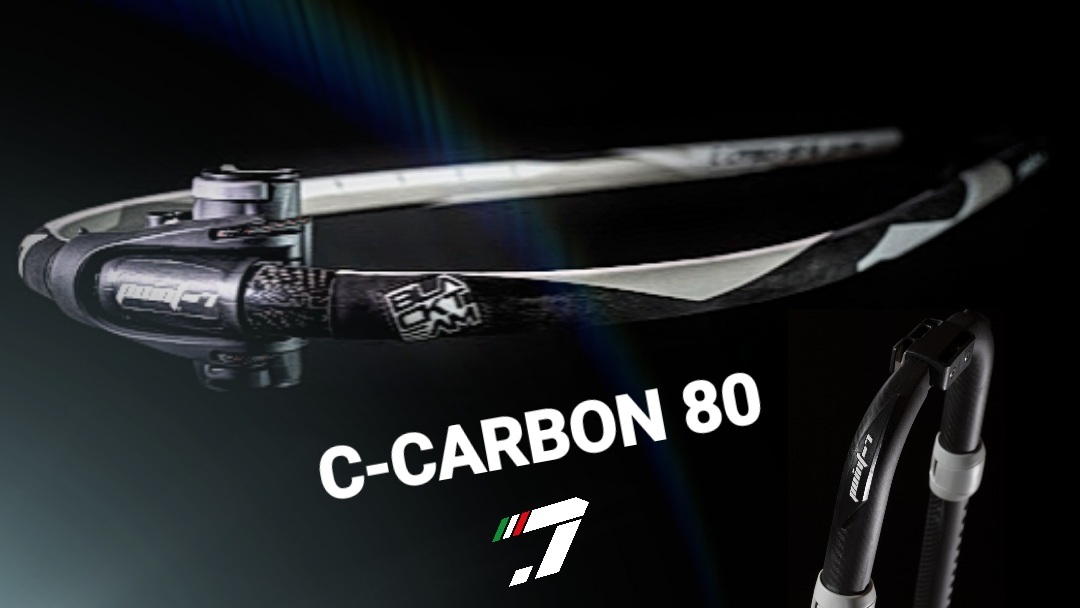AC-2 024 2cam Racing Development Concept.
For 2024 we changed the name of the AC-Z to AC-2, as it is the same as the AC-1 in terms of sail body, luff curve and battens. It just has the typical and original mast sleeve of the AC-Z. The wide XXL sleeve at the bottom, and a no cam mast sleeve over the boom. We could not keep the sail with the sail name as before, as it’s just so much better in all directions. Less downhaul power, amazing smooth rotation, boosted performance and stability, light wind power, control, and huge wind range.
Most of the two cam sails have been designed till today with a cam over the boom and one below the boom. The reason was to try to have the sail to look as much as possible to a full race sail in terms of mast sleeve and profile. Their mast sleeve is often much smaller to have a lighter feeling in the hand, and the cams are not fully charged on the mast to have it easy to jibe in no wind or with a not perfect technique.
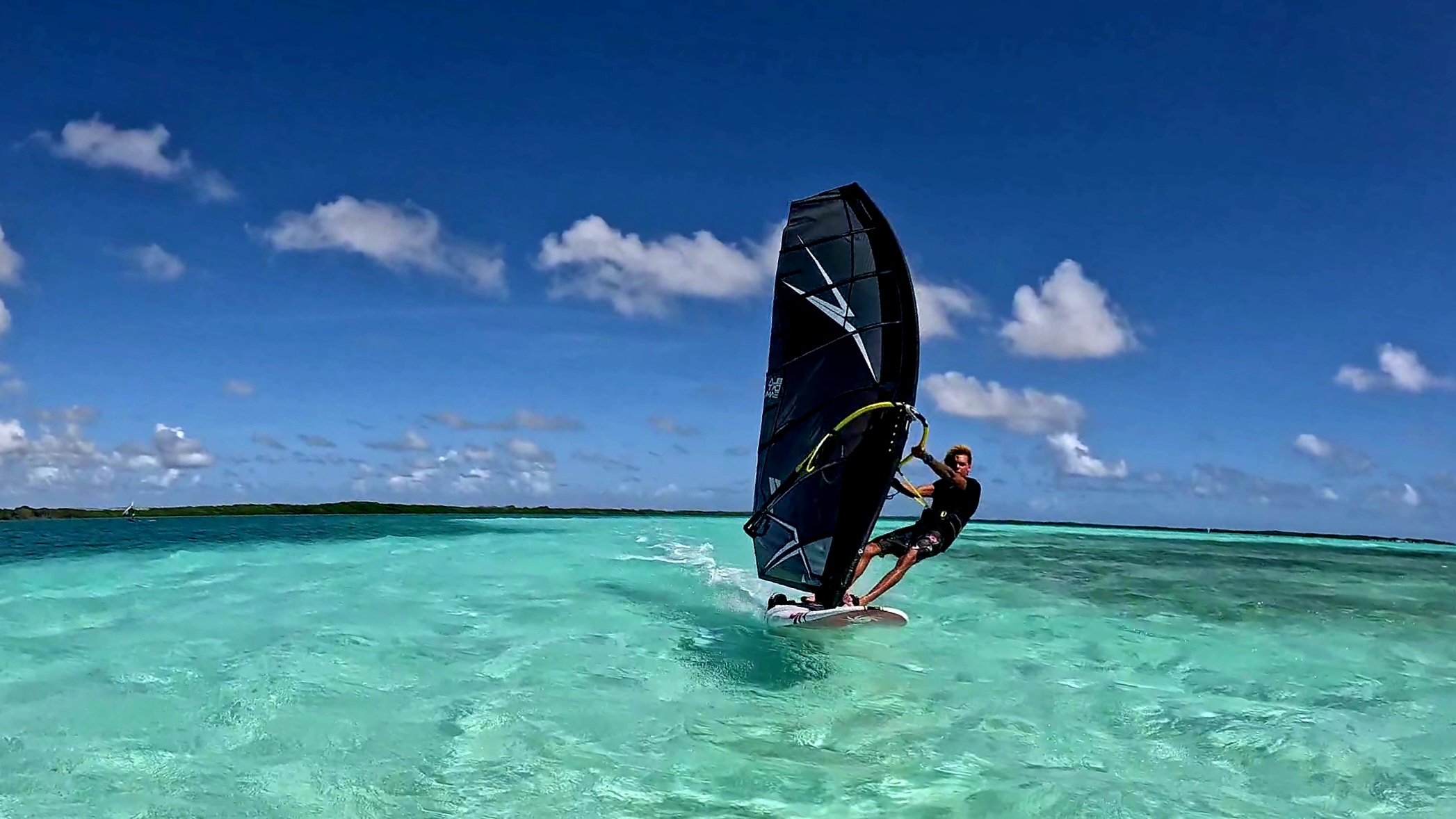
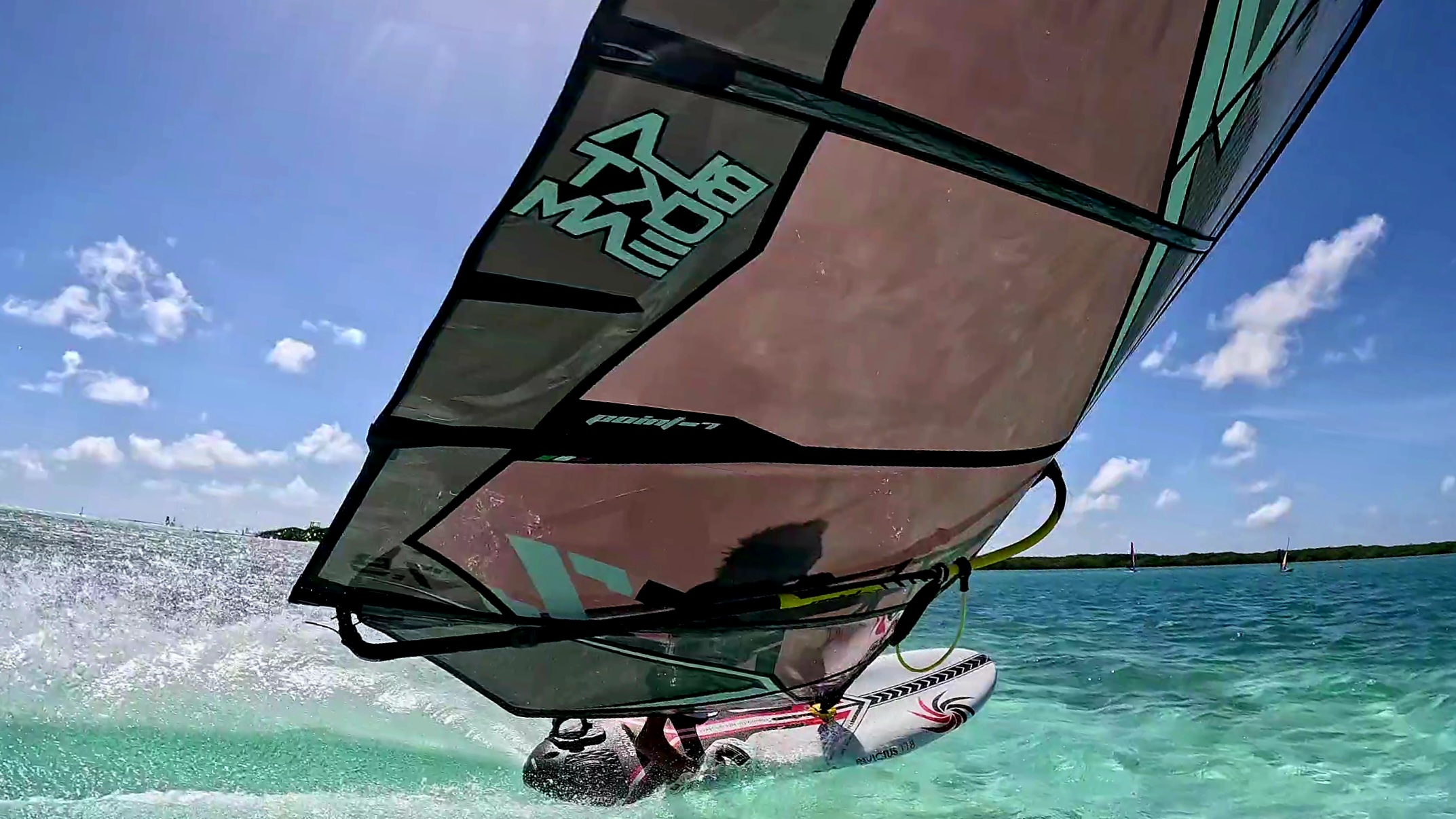
Nowadays this type of sail is obsolete for two reasons. There are three cams’ sails developed to make an easier race sail which make more sense due to the sleeve and cam positioning. There are no cam sails which are delivering high performance and feeling like two cams, in the minute the mast sleeve of the two cam is not wide enough, and the cams are not on the lower batten.
The reason to this is that the two cam sails which do not have a cam on the lowest batten, lose the lower drive power and stability which allows a board to rail, and gives exactly a no cam feeling. So, at that point, is just better to get a no cam sail, as the AC-0, and for those who therefore look for a more camber sail feeling, it’s better to choose a 3-cam sail, like the AC-1pro which has the cam at the lower batten, like most 3 cam sails.
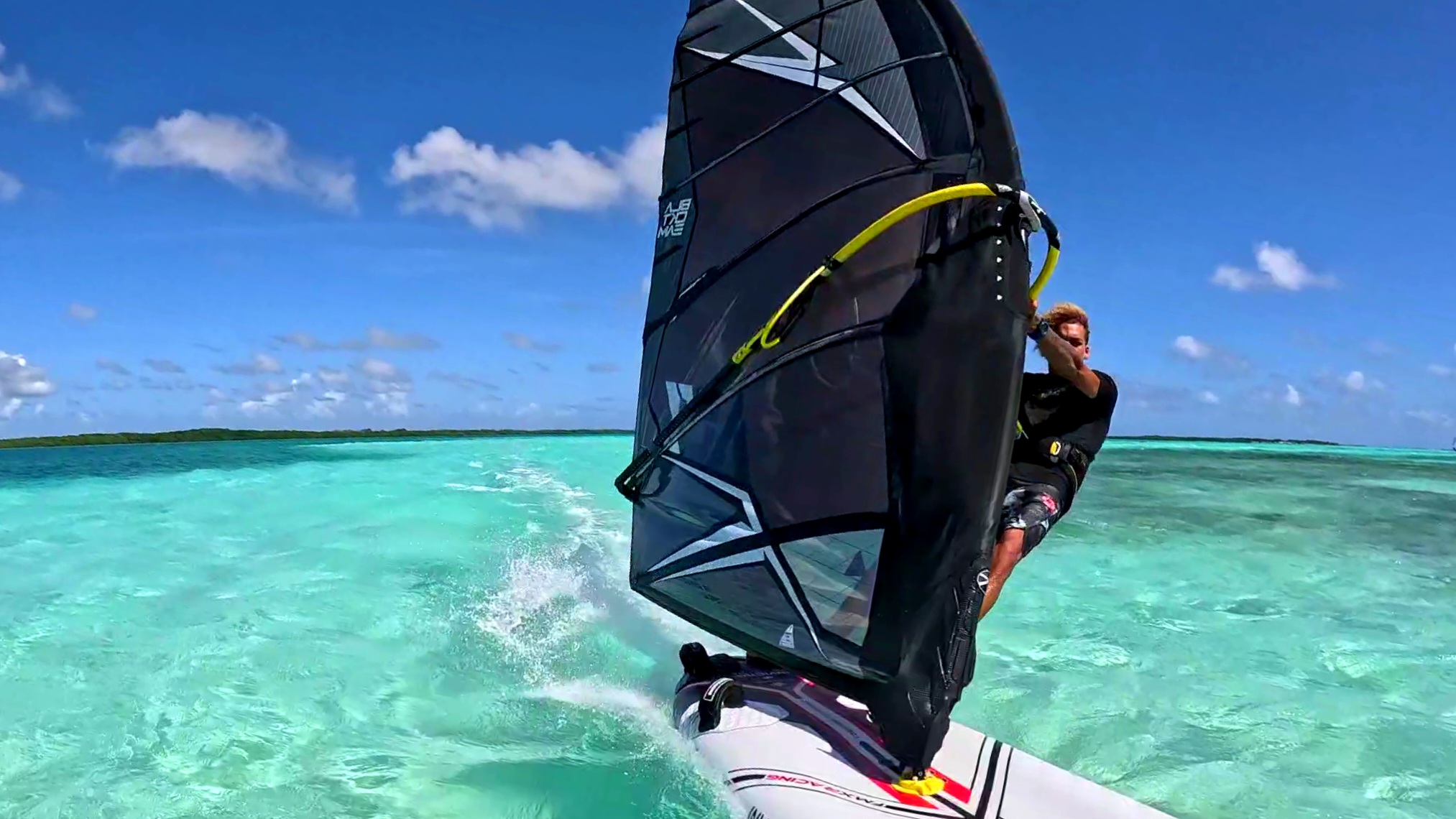
What makes the AC-2 different are many important points. The first being that both cams are below the boom, and one of them on the lowest batten of the sail assuring the board to get the racing drive, the acceleration and stability as the wind increases. These cams are charged on the mast to have pressure and keep stability also in stronger wind and donate race performance in the gusts to accelerate. The mast sleeve is wider than normal two cam sails below the boom to again boost up the performance of the sail in acceleration and stability.
Are there downsides of this sail? No sail model has downsides but is more about finding the right sail for your needs. So, if you are looking for extreme power and acceleration if you would take already a 3-cam sail, it will give you more power due to the wide sleeve also on top of the boom, but then you will not have the advantages of simplicity an AC-2 can offer. What is important is to be able to be fair with ourselves and understand what would give us most fun on the water according to our level and needs. If I don’t like so much the extra weight of cams in the sail, I water start often as my jibes are not perfect, I want to have a fast sail in gusty conditions that stabilizes amazingly in the gusts, I want to have more ours on the water with an easy sail with race performance and that I do not need to change sail if it gets over powered the AC-2 is the right sail.
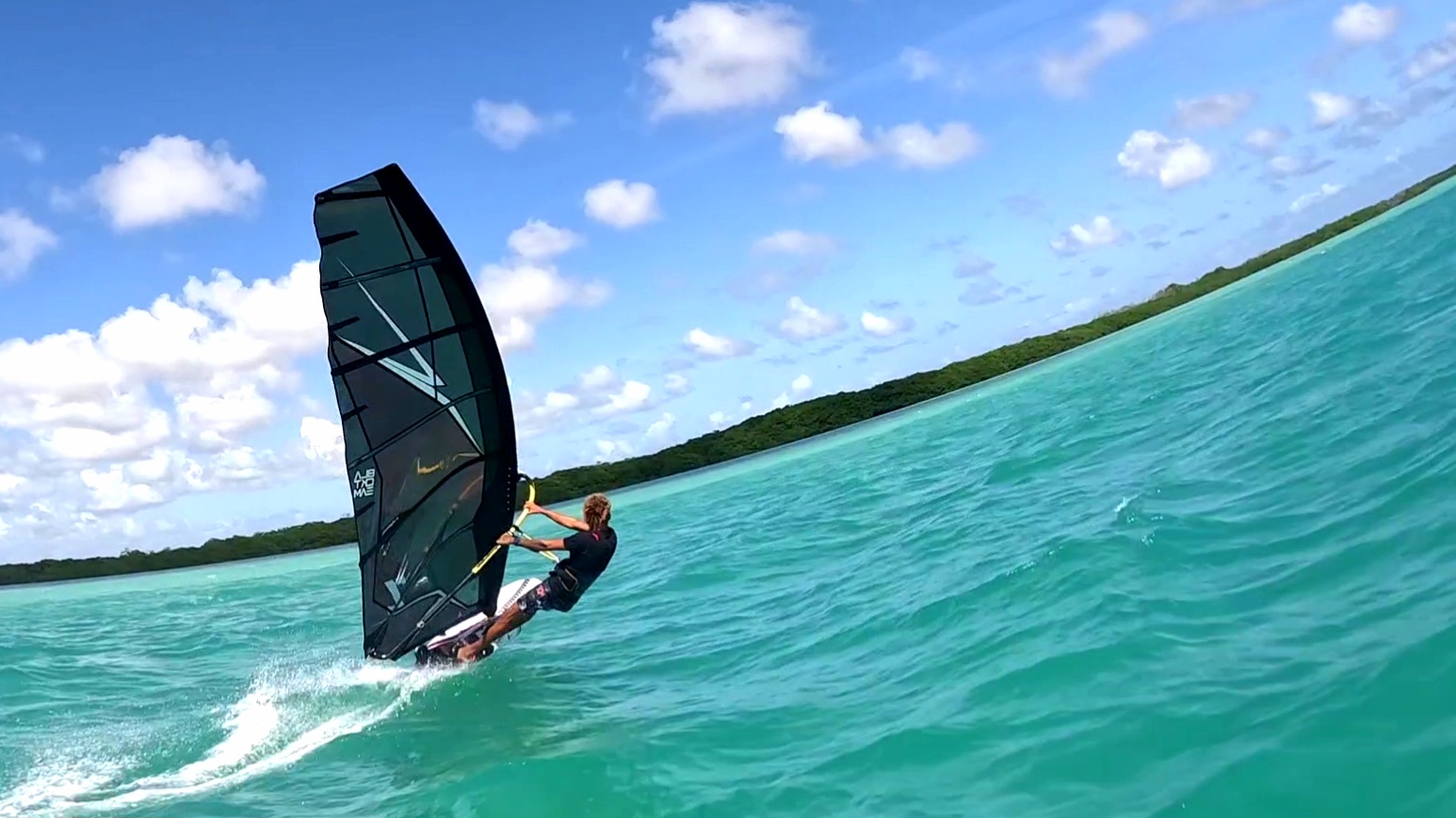
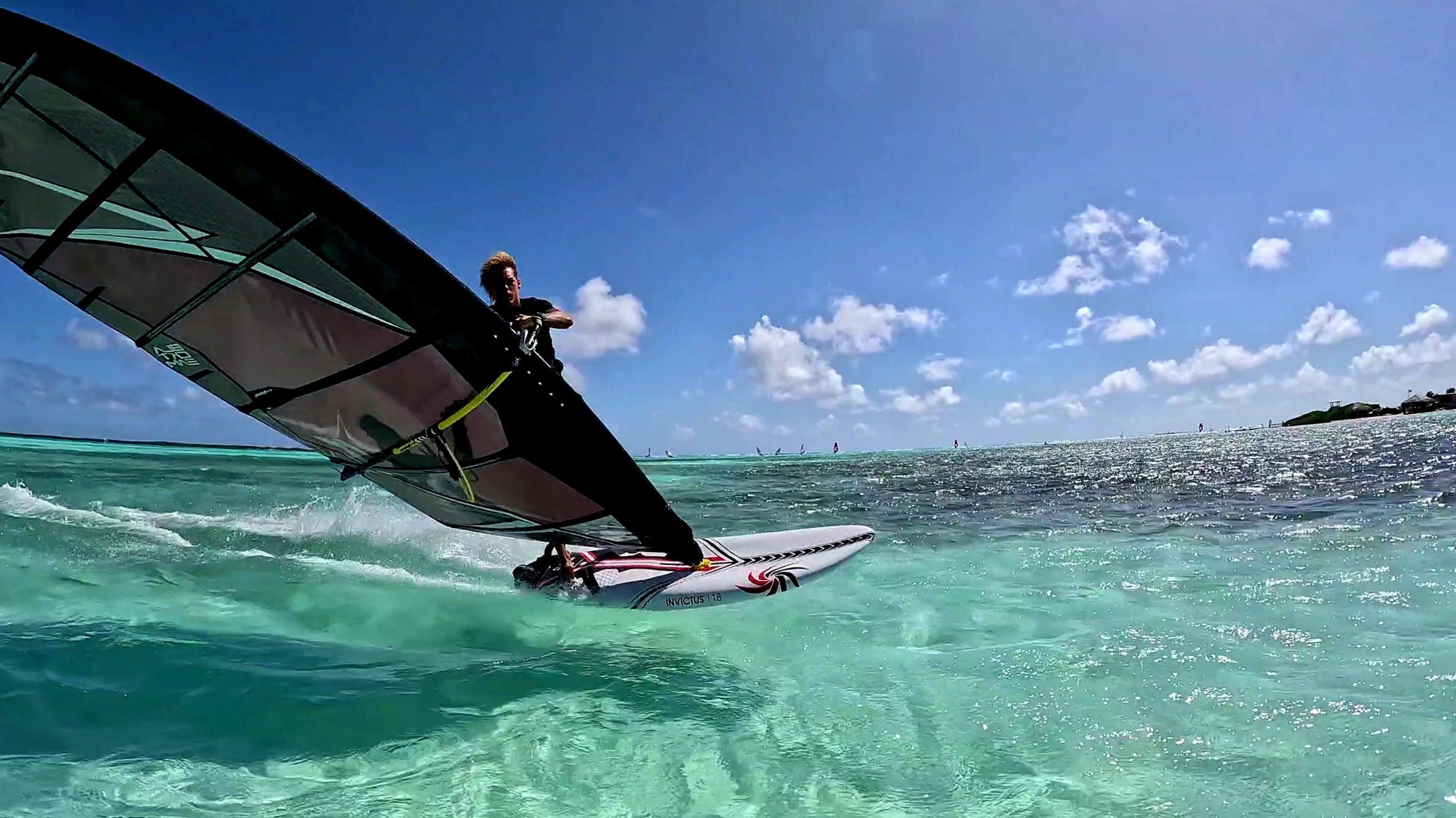
Why do we go for a 2 cam and not for a 3 cam? There needs to be a clear difference, and we have translated this into simplicity. We tried putting also a third cam over the boom, but made no sense as it does not deliver any benefits for the target we wanted to reach. The simplicity of the AC-2 is taking out all allergies from those who could not stand cams for their typical reasons. Cams sails are often heavier because the sleeve is wide, and the water fills in making it heavy to water start and uphaul. The rotation of the sail can be violent or needs a good technique due to the cams. The power of the sails is lifting the rider from its stance due to the wide pocket and this could result in feeling a sail heavy but is power to be used to accelerate faster.
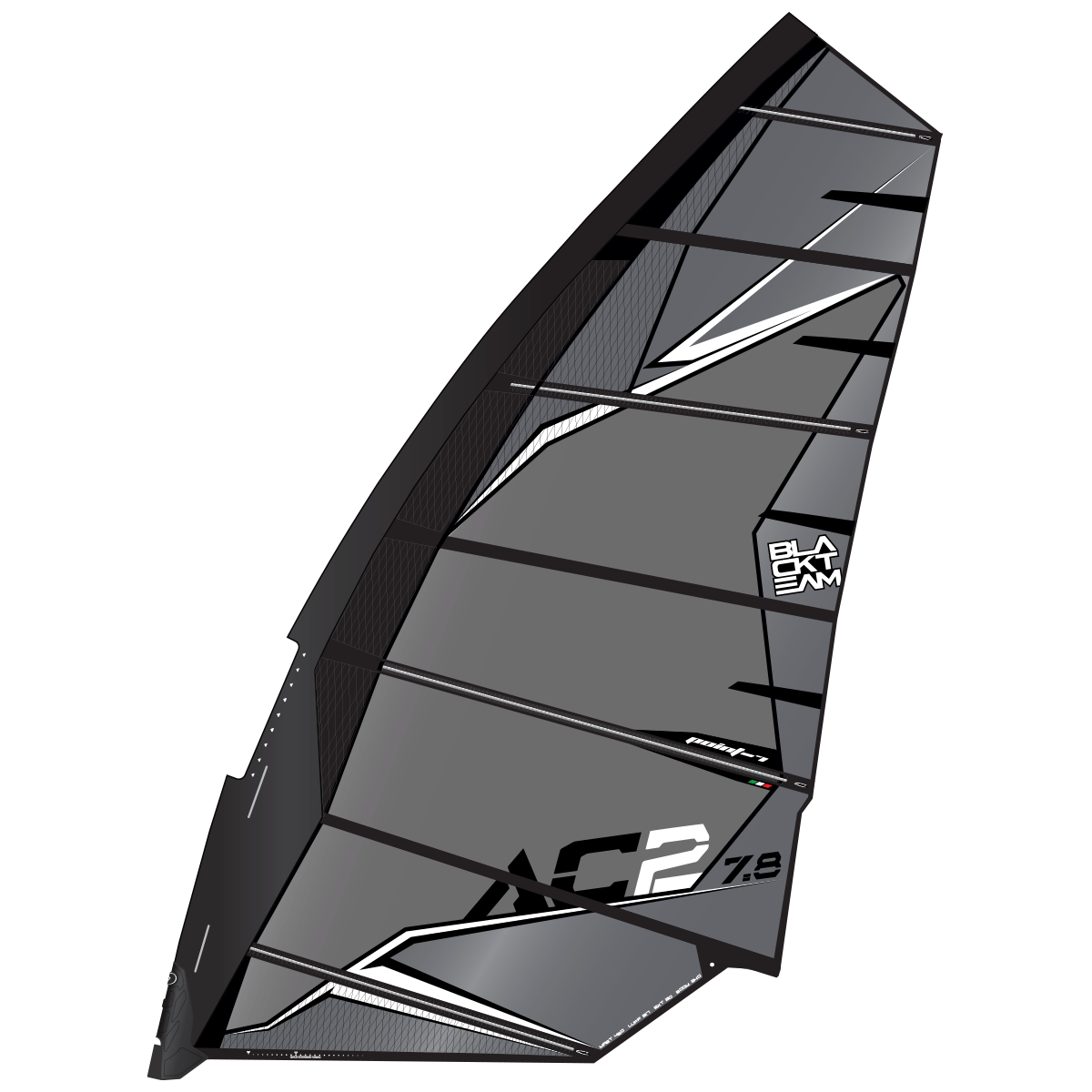
The AC-2 sleeve is built as a no cam over the boom. So, there is no water that enters the higher part of the sail, and this allows to water start and uphaul like a no cam. Having a small sleeve over the boom, reduces the power on the top part of the sail making the sail feel light in the hands especially as wind increases. The third cam normally placed over the boom, is what makes the sail heavy in rotation, but not having smoothens up the sail as a no cam in jibing also thanks to the low wide sleeve and XXL big cams which create a fast rotation.
Things to know. The AC-2 does not need tensioning of the battens to any extreme. If cams rotate hard, is only because you have put too much tension on the lower two battens. Release batten tension to have the right light rotation. There is a luff panel in one piece from top to bottom. There are Kevlar reinforcements’ lines along the stitching of the panels to increase stability as well as a top X-ply panel to lock in the top profile. This racing construction will bring this 2-cam sail to feel like a full race sail behavior as the wind keeps increasing.


